Eco-Cultural Revitalization Branch
The Eco-Cultural revitalization efforts of the Karuk Tribe are centered around fulfilling the responsibilities we have as Karuk people to all our living relations, ancestors, and descendents. Since time immemorial Karuk people have remained steadfast in our commitment to this land and its resources.
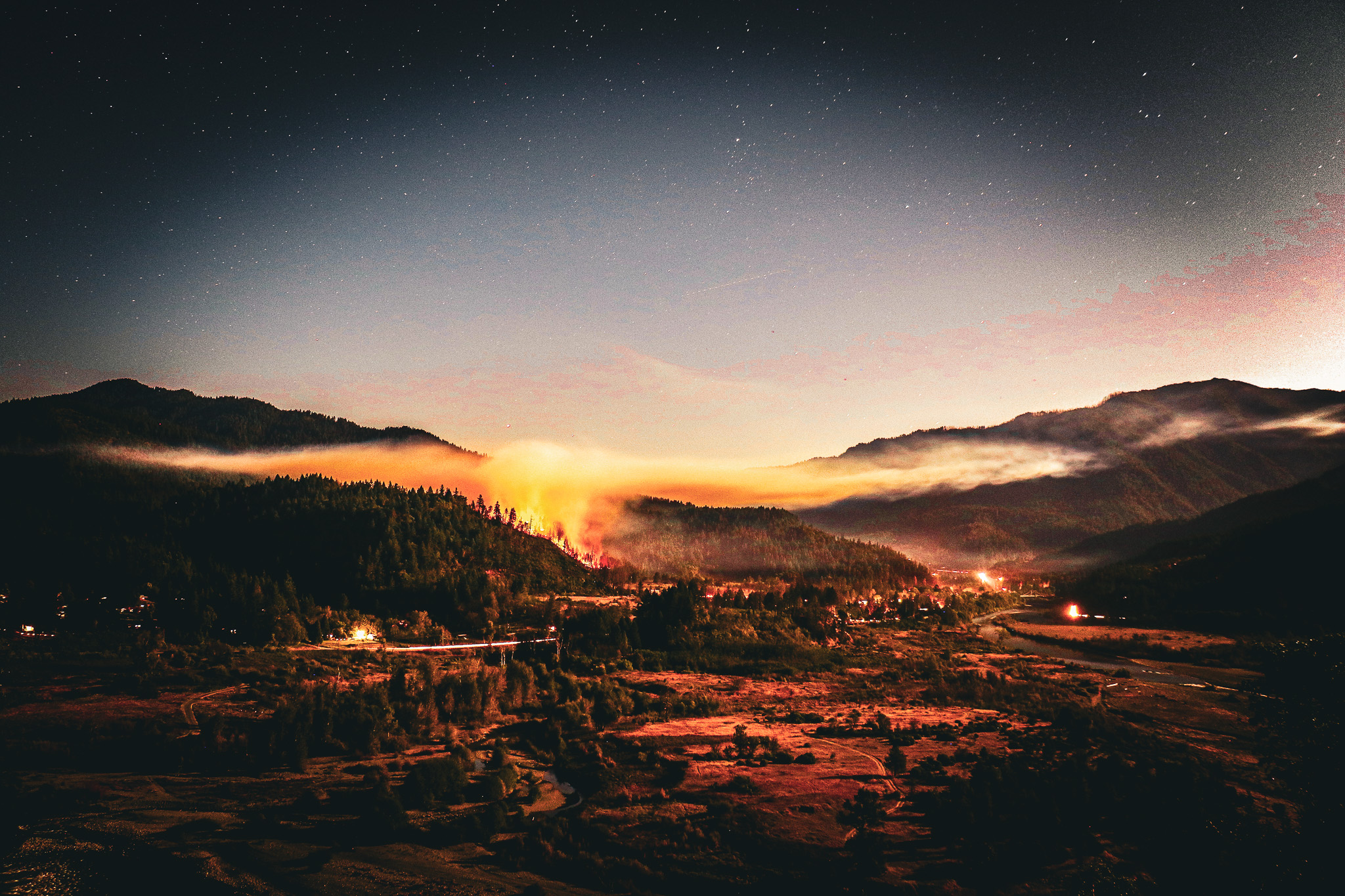
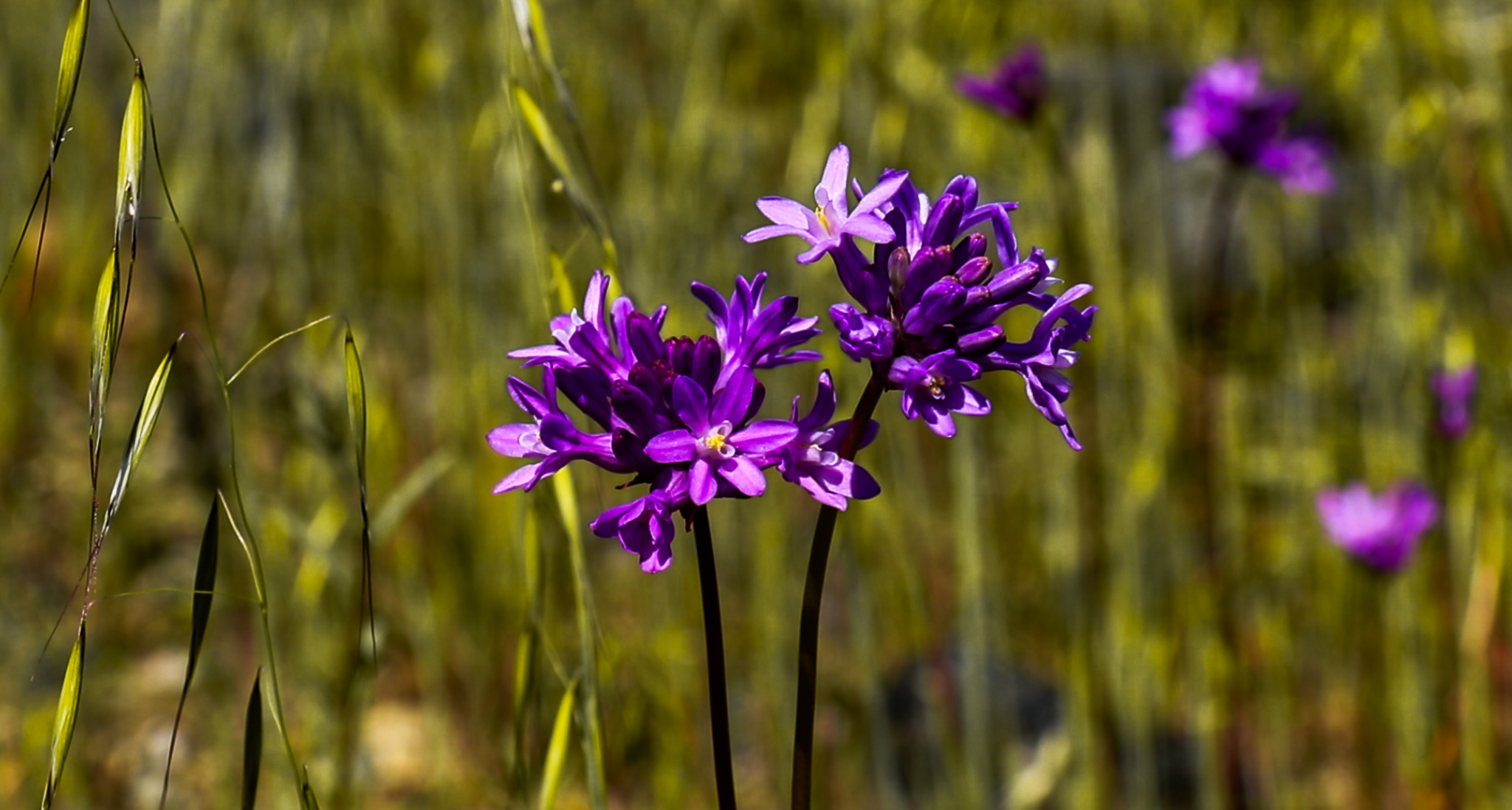
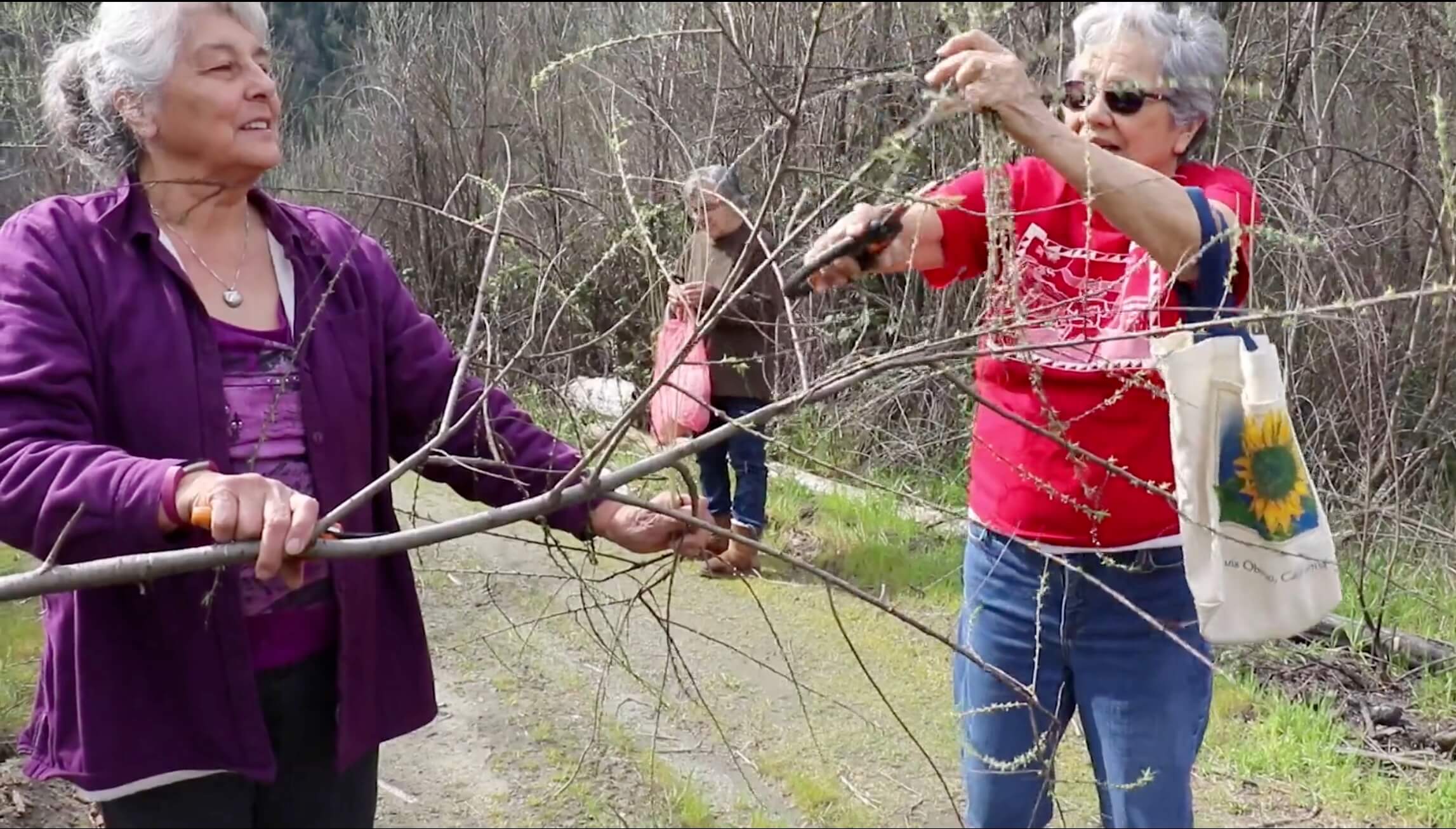
We're Caring For Our World
The Department of Natural Resources Eco-Cultural Resources Management Plan (ECRMP) is intended to guide future management of natural resources within the Karuk Aboriginal Territory and beyond. The ECRMP is an integrated resource management plan (IRMP) developed under the authority of the National Indian Forest Resources Management Act. Though this Act limits the implementation of IRMP’s to Tribal Trust lands, the authority provided in 43 USC Chapter 35 Federal Land Policy and Management provides for the “Coordination of plans for National Forest System lands with Indian land use planning and management programs for the purposes of development and revision”.
This should allow for coordination of the ECRMP with the Klamath and Six Rivers National Forests Land and Resource Management Plan revisions that will be occurring soon. With this coordination we should be able to once again manage the Aboriginal Territory in a manner consistent with our cultural and natural heritage. The Department of Natural Resources welcomes comments from the Tribal Membership and Descendants to help ensure that the final plan will provide lasting benefits for generations to come. We will be developing the draft provided below in consideration of the comments received to provide a final draft for council review, NEPA compliance, and approvals.

Integrated Wildland Fire Management Program
The Karuk people have employed indigenous fire management practices for thousands of years to manage the landscape, stimulate resources for people and animals, prevent catastrophic wildfires, and promote species abundance and diversity. These cultural fire practices were disrupted by Euro-American fire suppression policies, but the Karuk Tribe is revitalizing them as part of a comprehensive fire management approach.
Program components include wildland fire response, hazardous fuels reduction, prescribed fire, and cultural burning support. It is imperative that we restore conditions conducive of conducting cultural burns as a coordinated act of our tribal community. To support this the program plans and conducts fuels project work, oversees fuels contracts, conducts prescribed fire activities, and supplies support to Designated Cultural Fire Practitioners, while serving as the first line of defense in the event a fire behaves in a manner that is exceeding its ability to be controlled.

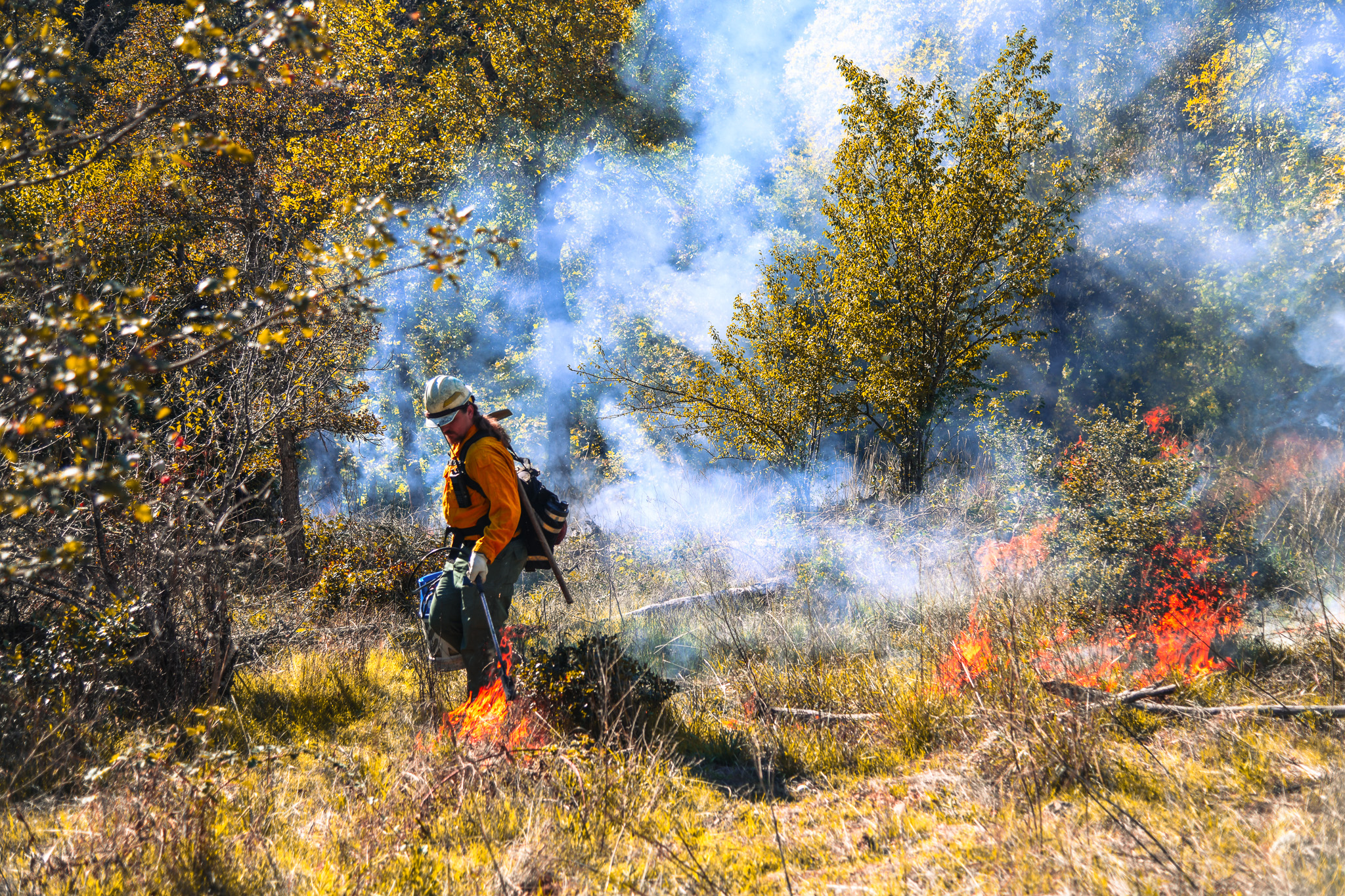

Ipiharrak Restoration Forestry Program
The Karuk Tribe’s Forestry Program protects and restores forest health within our ancestral homelands. By combining traditional ecological knowledge with modern forest management practices, we work to reduce wildfire risks, improve habitat, and ensure sustainable use of forest resources for future generations. Although projects vary through time, this program manages two firewood lots and helps plan and implement timber related projects as well as those that may involve mechanical removal of forest biomass.
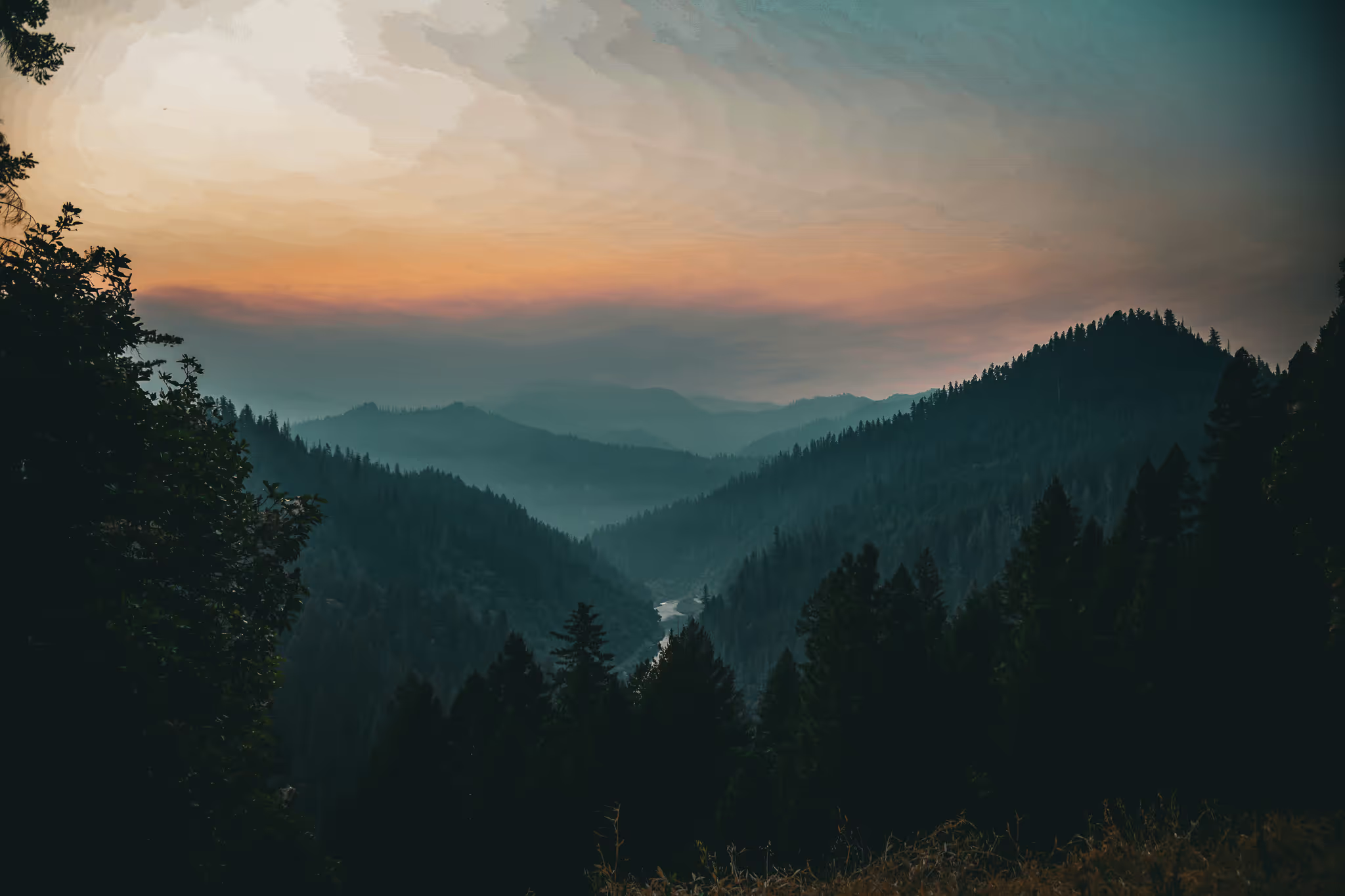

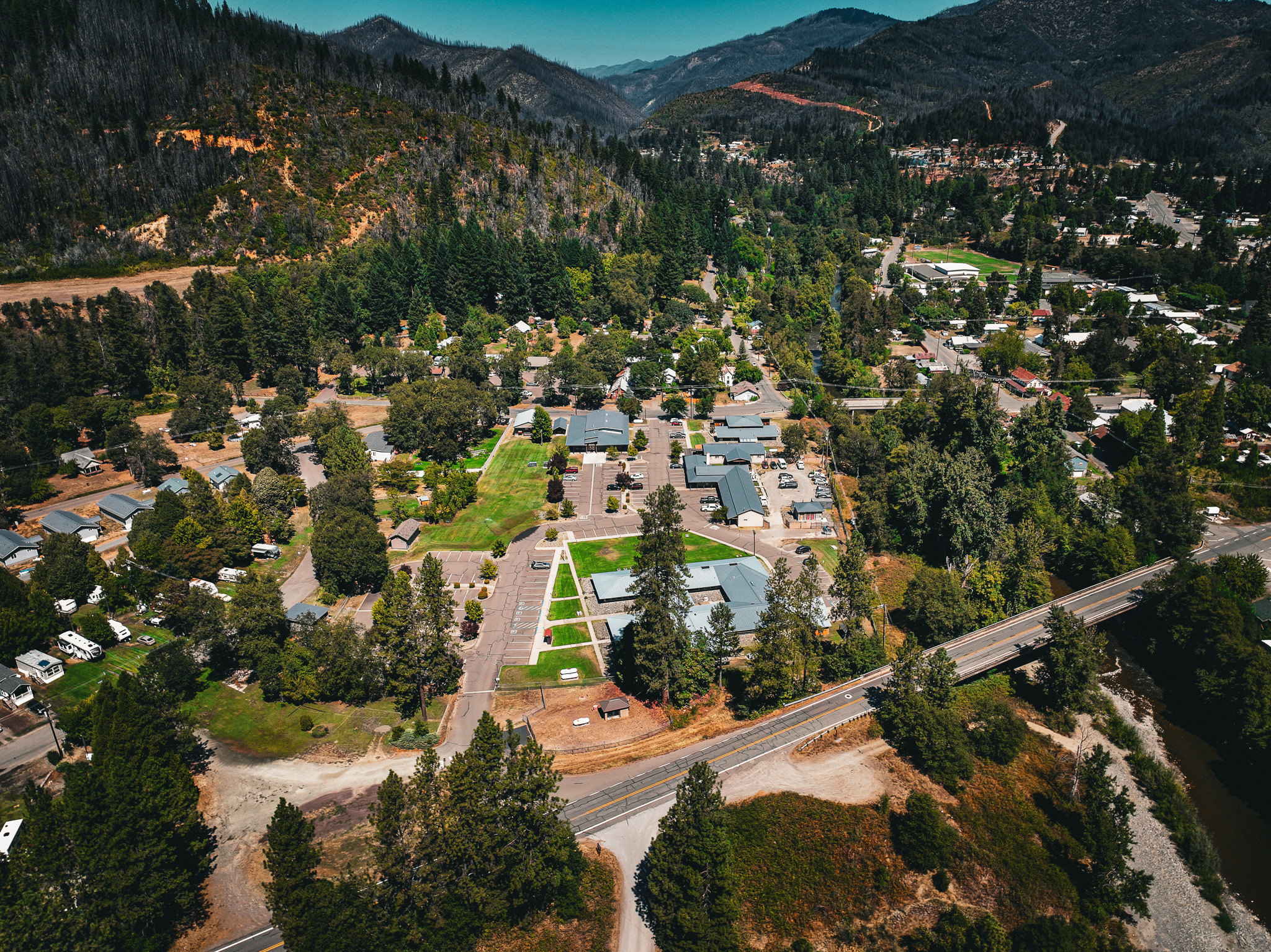

Data Stewardship Program
The Data Stewardship Program supports the Karuk Department of Natural Resources and partners through mapping, data management, and technological support. We maintain secure geospatial datasets, create custom maps, support GPS fieldwork, and use drones to collect, process and store imagery for KDNR related activities.
As the steward of data related to our expansive land management and workforce development partnerships, due diligence in protecting sensitive knowledge sets and other forms of data is paramount.
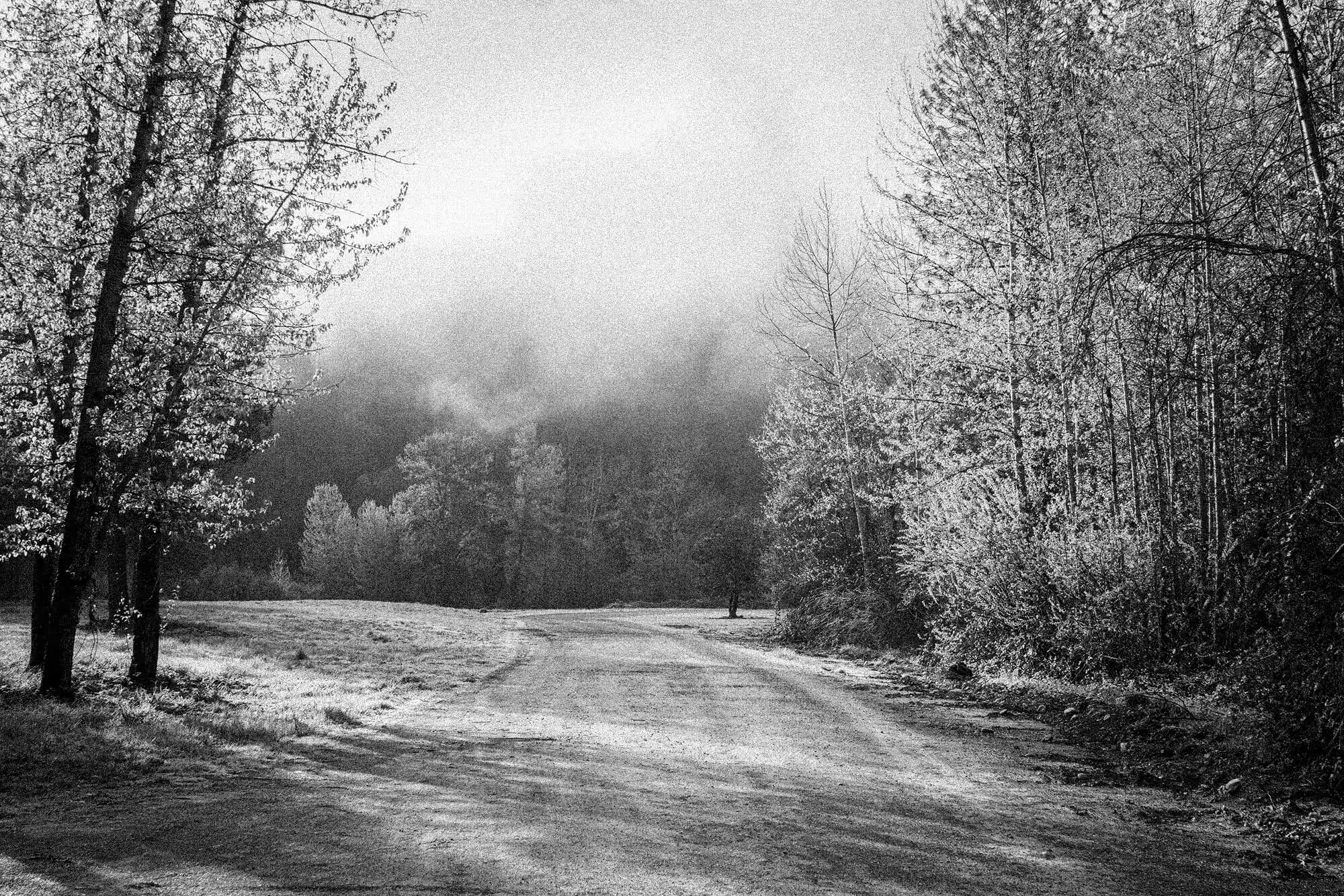
Pirish Plants Program
Pirish is the Karuk word for plants. Many of our partners have plants programs that started with invasive species management, and have expanded to other restorative activities. As a budding program, we strive to have a greater focus on revitalizing our human relationships with the plants and the ecological processes that support traditional/cultural purposes and uses in a traditional and contemporary context.
Fire was the traditional tool our women have used for millennia to increase abundance, while enhancing the use quality of these more than human relations.

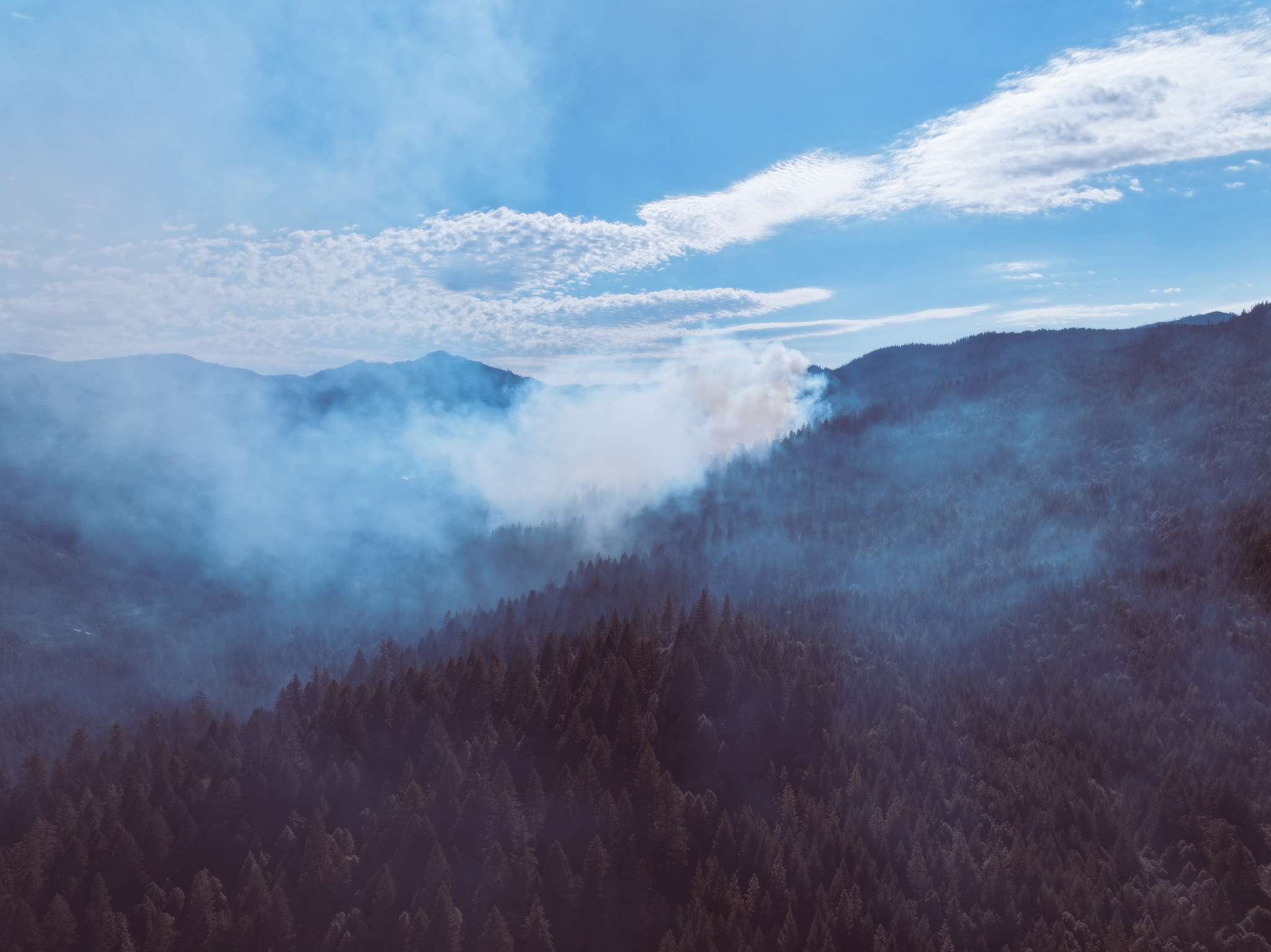
Cultural Resources Program
The Cultural Resources Program has primarily served as the Tribal Historic Preservation Office (THPO) for years. This office is primarily responsible for assuring compliance with the National Historic Preservation Act when activities are conducted on tribal trust lands. It has assumed a greater role in its advise and assist functions on neighboring lands throughout Karuk Aboriginal Territory and beyond as time has progressed.
The KDNR has outgrown this model of having a single position with minimal support staff fulfilling dual roles as THPO and Archaeologist, while maintaining cultural monitoring, project survey and monitoring, project planning, and fire response functions. this program is currently expanding to meet increasing demand.
Pikyav Field Institute
The Karuk word pikyav means “fix it.” For the Karuk people, this reflects our responsibility to restore balance between the earth and all living things. Our traditions, passed down from the First People—the ikxaréeyav—teach us how to live with the land, care for resources, and uphold ceremonies that keep these practices alive.
Today, the KDNR continues this commitment by passing traditional ecological knowledge to the next generation, and developing the workforce of the future. These teachings guide how we manage our homelands, combining cultural practices with modern approaches to ensure the health of our rivers, forests, and communities.
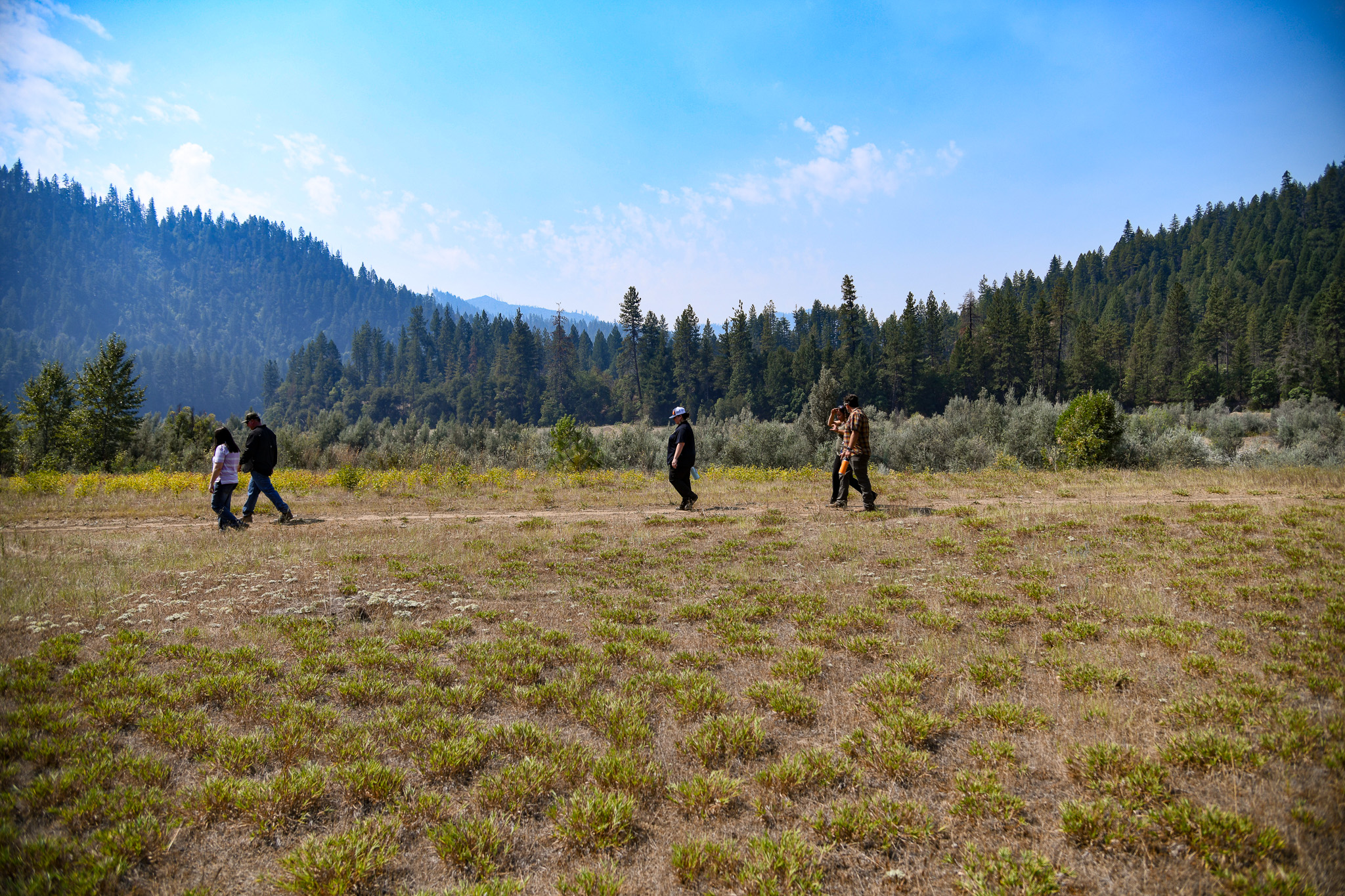
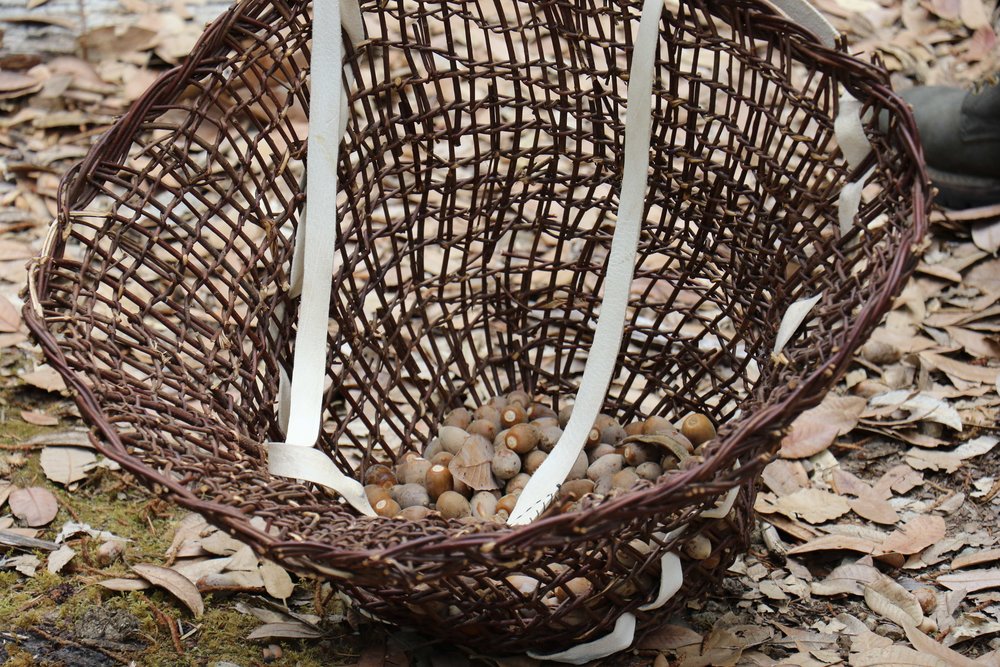


FAQs
Lorem ipsum dolor sit amet, consectetur adipiscing elit. Suspendisse varius enim in eros elementum tristique.
Lorem ipsum dolor sit amet, consectetur adipiscing elit. Suspendisse varius enim in eros elementum tristique. Duis cursus, mi quis viverra ornare, eros dolor interdum nulla, ut commodo diam libero vitae erat. Aenean faucibus nibh et justo cursus id rutrum lorem imperdiet. Nunc ut sem vitae risus tristique posuere.
Lorem ipsum dolor sit amet, consectetur adipiscing elit. Suspendisse varius enim in eros elementum tristique. Duis cursus, mi quis viverra ornare, eros dolor interdum nulla, ut commodo diam libero vitae erat. Aenean faucibus nibh et justo cursus id rutrum lorem imperdiet. Nunc ut sem vitae risus tristique posuere.
Lorem ipsum dolor sit amet, consectetur adipiscing elit. Suspendisse varius enim in eros elementum tristique. Duis cursus, mi quis viverra ornare, eros dolor interdum nulla, ut commodo diam libero vitae erat. Aenean faucibus nibh et justo cursus id rutrum lorem imperdiet. Nunc ut sem vitae risus tristique posuere.
Lorem ipsum dolor sit amet, consectetur adipiscing elit. Suspendisse varius enim in eros elementum tristique. Duis cursus, mi quis viverra ornare, eros dolor interdum nulla, ut commodo diam libero vitae erat. Aenean faucibus nibh et justo cursus id rutrum lorem imperdiet. Nunc ut sem vitae risus tristique posuere.